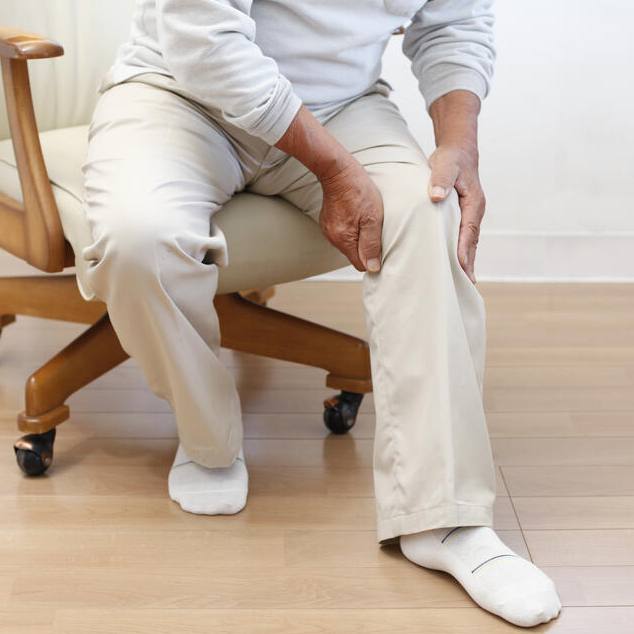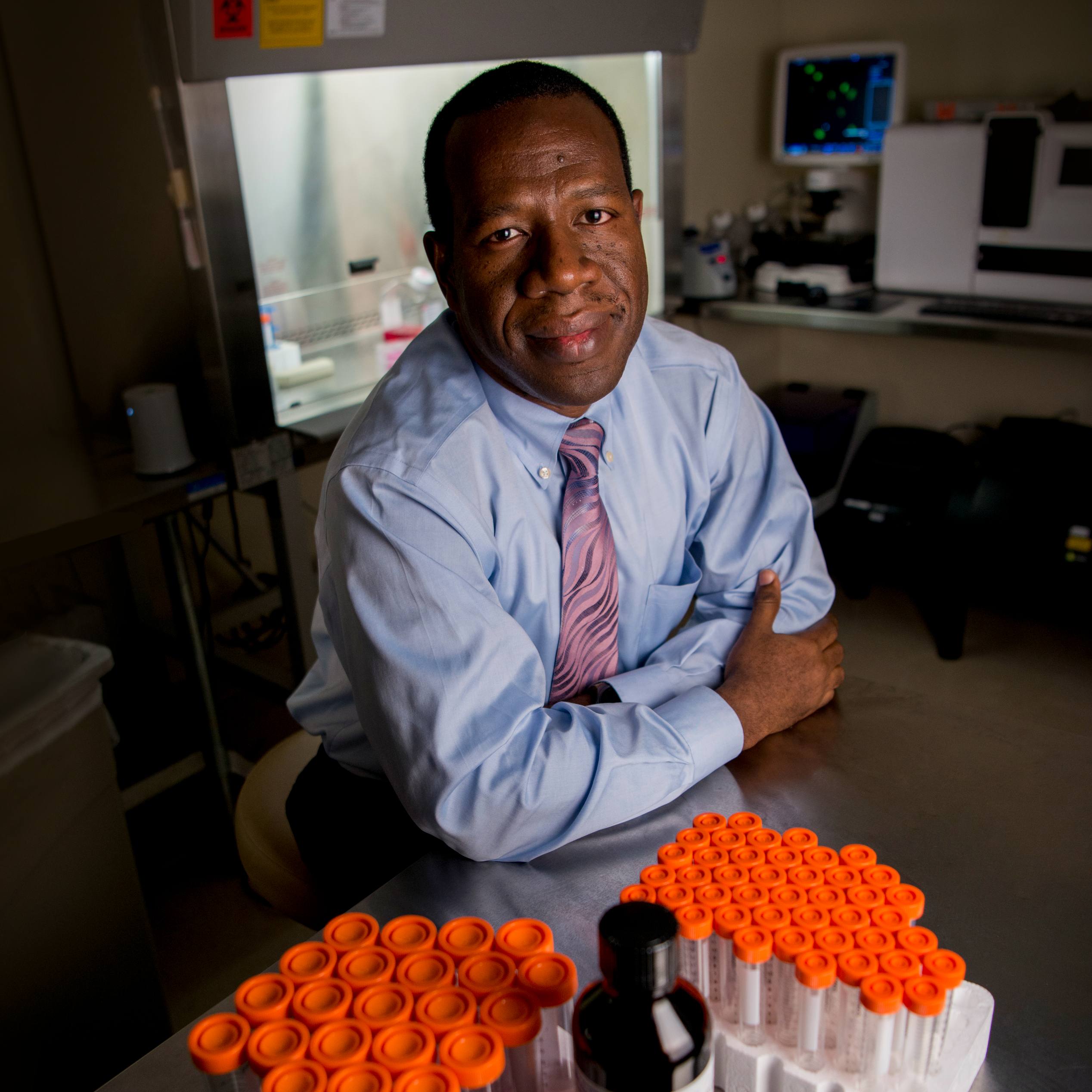Many people think emergency departments tend to overprescribe opioids for people suffering from acute pain. However, a 2017 study published in Annals of Emergency Medicine found that's not true. According to Dr. Molly Jeffery, lead author of the study and scientific director of the Mayo Clinic Division of Emergency Medicine Research, the research revealed that the opioid prescriptions given in the emergency department are limited.
Journalists: Broadcast-quality video pkg (1:00) is in the downloads. Read the script.
Opioid pain medication can hook people into addiction quickly. Some worry that emergency departments are a major source for these drugs.
“One thing that sort of everybody thinks they know about opioids is that, in the emergency department, they give opioids out like candy,” Dr. Jeffery says.
Not true, she says. Dr. Jeffery and her colleagues published a study that found opioid prescriptions from the emergency department are written for a shorter duration and smaller dose than those written elsewhere. They also found that patients with acute pain who receive an opioid prescription in the emergency department are less likely to progress to long-term use.
“What we want to avoid is people having a large prescription and having lots of pills leftover because, at that point, it becomes a risk for their family members and other people who come to their home,” says Dr. Jeffery.
Centers for Disease Control and Prevention guidelines caution against exceeding a three-day supply or 50 milligrams of morphine equivalent per day for acute pain.
“And, so, limiting prescriptions to three to seven days is a good balance.”







